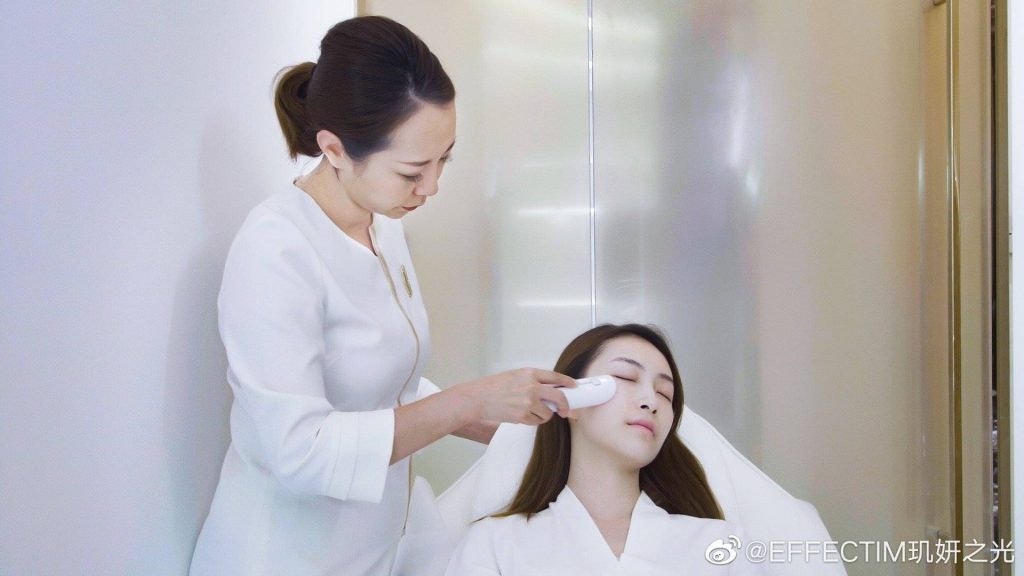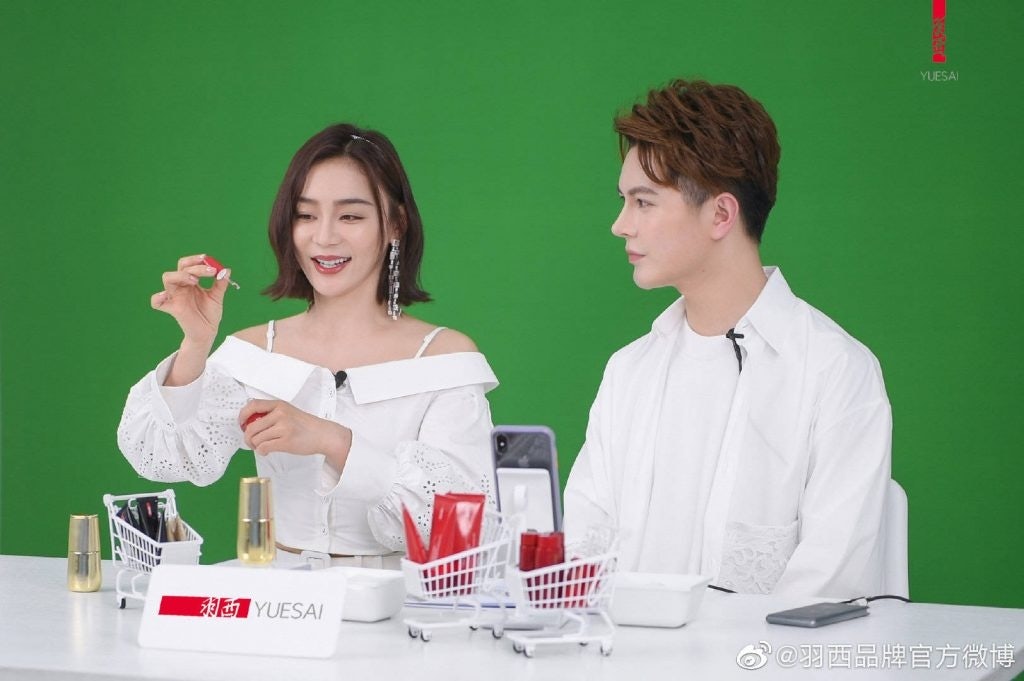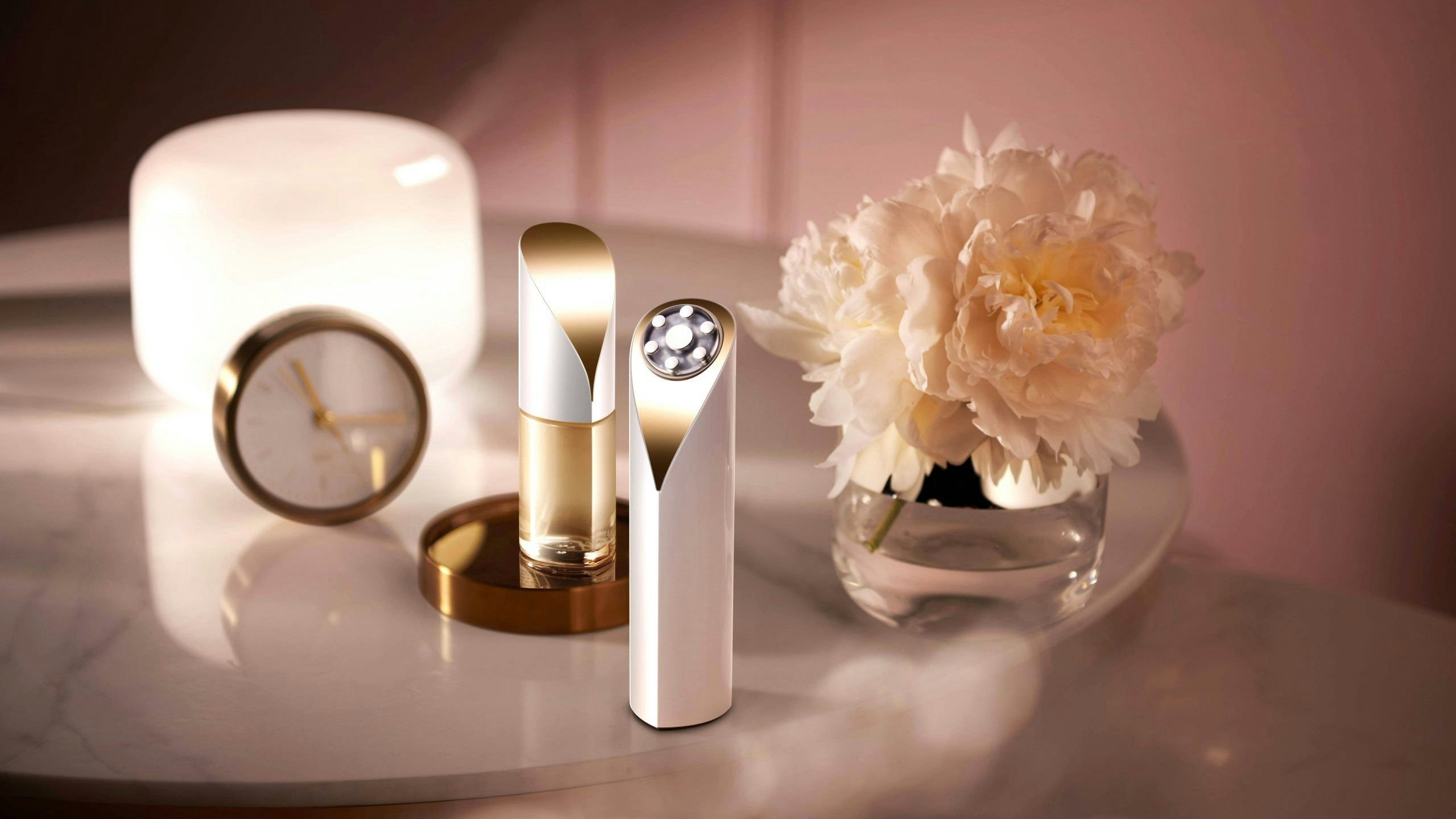Key Takeaways:#
Last year, Shiseido and device maker Yaman collaborated to launch an anti-aging brand called “Effectim.” Their goal was to promote beauty devices and skincare as one product.
The anti-aging market is predicted to be worth 271 billion by 2024.
The boom in luxury aesthetic medicine is estimated to reach 62 billion (400 billion RMB) over the next five years, which will make China the world’s largest player in this segment.
Innovations are part and parcel of the beauty industry today. And one innovative trend in China that beauty brands are jumping on is the use of luxury aesthetic medicine as part of a skincare regimen. In fact, the demand for it has risen rapidly among Gen Zers, who insist on looking good both online and off.
A big reason luxury aesthetic medicine has become popular is that it’s non-surgical. The trend includes several skin-related services, such as photorejuvenation, mesotherapy, picosecond laser, thermage, and HIFU (high-intensity focused ultrasound). And global luxury skincare brands are already tapping into these innovative practices with a fresh mindset.
Last year, Shiseido and the device maker Yaman collaborated on an anti-aging brand called “Effectim.” Their goal was to promote beauty devices and skincare in one package. The move is being touted as a revolutionary development in the anti-aging arena. After all, that market is projected to explode in worth to 271 billion by 2024.

As the launch pace of aesthetic treatment products has sped up, many global brands moved quickly to create their own superb products, many of which are doing wonders for many Chinese consumer skin issues — and are particularly appealing to Gen Zers. Estée Lauder, for instance, came up with an ideal product that removes wrinkles and tightens jawlines the way a laser treatment does. The market for anti-wrinkle products is expected to grow by 12.8 billion between now and 2027.
Other international brands putting out aesthetic medicine products in China are Sephora, SkinCeuticals, The Ordinary, Vichy, La-Roche-Posay, and CeraVe — and all of them are working with leading KOLs to advertise these products on a large scale. L’Oréal is also playing a central role in this race thanks to its unique product, Yuesai, which fits in well with Chinese women's skin needs.

But one thing most global luxury brands agree upon today is that there should be a holistic approach to selling their products to the Chinese consumers that want what suits them best.
Despite all these famous global names occupying the current Chinese market, local brands are also joining the race and are giving them competition. Winona, founded in 2008, has partnered with the dermatology section of several hospitals that are officially using its products to treat skin problems. Similarly, the global luxury beauty brand Vichy has begun cooperating with Jianzhijia Pharmacy.
Nonetheless, many aesthetics institutions, including beauty salons, are leading the way by providing aesthetic medicine services to Gen-Z consumers, who have become known for their refined taste. For instance, Biolab, which launched in 2009, is catering to the rising demand for aesthetic treatment among locals.
Most importantly, e-commerce sites like Douyin, Weibo, WeChat, and Xiaohongshu have more than 1,000 dermatology-related accounts introducing the benefits of aesthetic medicine to first-time customers. In fact, popular dermatologists in China already have active accounts on these platforms with millions of followers. Meanwhile, Chinese consumers are also putting their knowledge of aesthetic medicine onto these sites to benefit others.
The boom in luxury aesthetic medicine is estimated to reach 62 billion (400 billion RMB) within the next five years, which would make China the world’s largest player in this segment. And now, Chinese consumers in their forties and fifties are showing interest in the marvels of aesthetic medicine. So we can expect this market to grow even more.

